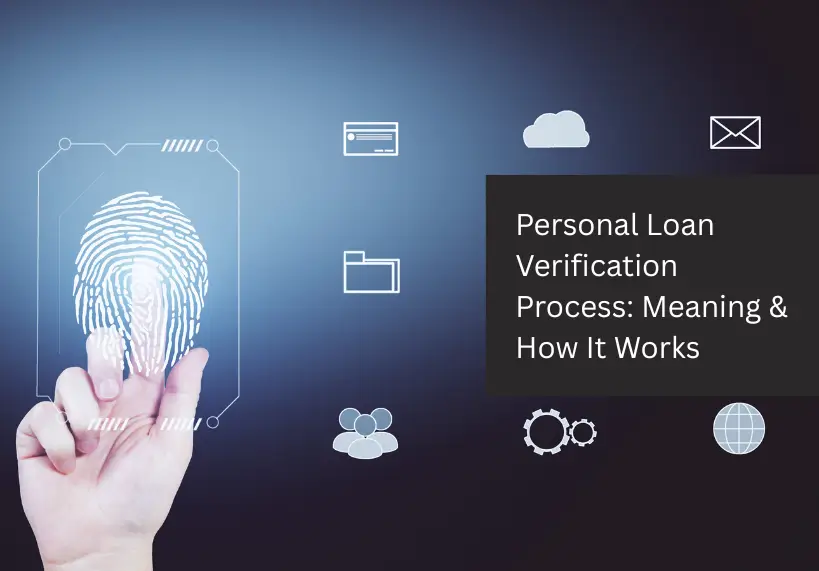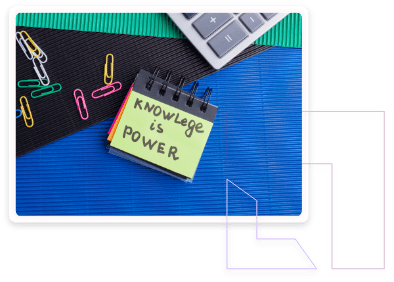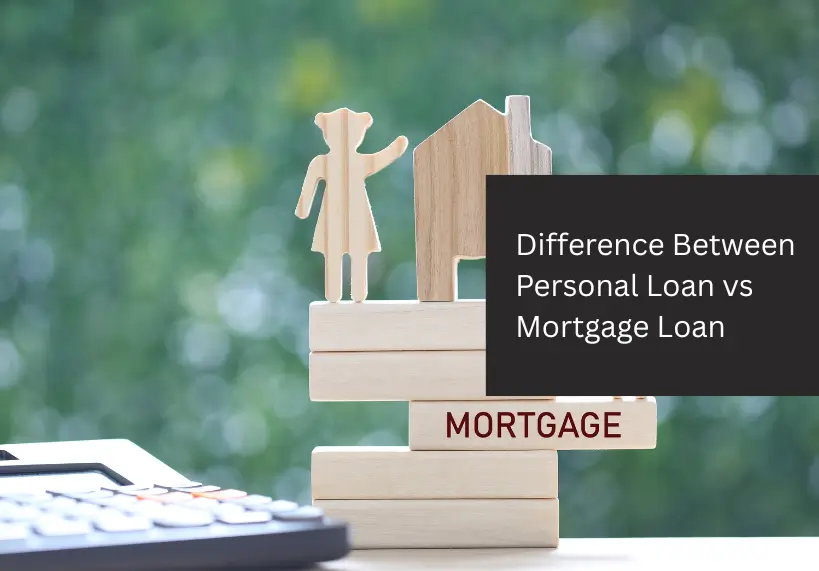
The personal loan verification process is a series of checks lenders use to confirm your eligibility and the authenticity of your documents before disbursing funds. Because personal loans are unsecured (no collateral), banks and NBFCs must verify your identity, address, and income proofs rigorously.
The process typically begins with researching loan products and submitting an application to a lender. Next, a bank representative collects your paperwork (identity, address, income proofs and photos).
Once all details are verified, the lender finalizes the loan agreement and credits the funds to your account – typically within 24-48 hours of approval, depending on lender policies and borrower eligibility.
Step 1: Loan Enquiry and Application
The first step is to research and apply. Begin by comparing personal loan offers across lenders – look at interest rates, processing fees, repayment tenure and any hidden charges. Check the personal loan eligibility criteria and use an EMI calculator to estimate your monthly payments.
When ready, fill out the loan application (online or at a branch) with accurate and complete personal and financial information. Key tasks include:
- Compare different loan products (rates, tenure, fees) to find the best fit.
- Verify your eligibility (salary, credit history, etc.) and calculate expected EMIs.
- Fill out the application carefully – accuracy is crucial.
- Submit the completed application form to the chosen lender (online or in-person).
Step 2: Document Collection
After applying, the lender’s agent will gather your documents. You should have the following ready:
- Proof of Identity: e.g. PAN card, Aadhaar, passport.
- Proof of Address: e.g. utility bills, passport, voter ID.
- Proof of Income: e.g. recent salary slips, bank statements, income tax returns.
- Employment Proof: e.g. employment ID, appointment/offer letter.
- Photographs: recent passport-size photos (usually 2–3).
A representative will verify and collect these documents in person. Having all paperwork organized and ready expedites the process.
Step 3: Document Verification
The lender then verifies all submitted documents. This typically involves:
- Field verification: A team member may visit your home or workplace to confirm your address and employment information.
- Online checks: Official IDs (PAN, Aadhaar, passport) are validated using government or bureau databases.
- Credit check: Lenders also review your credit report to assess repayment history and credit score.
Note: Physical document collection and home/office verification are common but not universal.
This stage involves a “meticulous review” to ensure every detail is correct. If discrepancies are found, the lender may request clarifications or additional documents.
A successful verification report moves the application to the final stage, while any problems can lead to a hold or rejection (with reasons communicated to you).
Step 4: Loan Sanction and Disbursal
Once all checks are cleared, the lender sanctions the loan. The bank drafts a loan agreement that includes the sanctioned amount, interest rate, tenure, and any fees.
You will review and sign this agreement. After signing, the loan amount is disbursed to your bank account – typically within 24 hours of approval. This marks the culmination of the verification process: you now have the funds to meet your needs.
Tips for a Smooth Verification Process
To speed up approval, follow these tips:
- Double-check your application. Ensure all information is accurate and complete. Errors or omissions can cause delays.
- Organize your documents. Keep all required proofs (ID, address, income, employment) ready and easily accessible.
- Respond promptly. If the lender requests more information or clarification, reply quickly to keep things moving.
- Maintain a good credit score. Lenders closely examine credit history; a higher credit score boosts approval chances.
The personal loan verification process may seem detailed, but it is designed to protect both you and the lender. By preparing thoroughly—filling applications correctly and having documents ready you can make each step faster.
For instance, as one financial guide notes, having all your paperwork prepared in advance can “expedite the loan verification process”. In practice, many lenders (including digital lenders like LoanTap) can complete verification and disburse funds within 24 hours of approval.
In short, understanding these steps and staying organized will help you get your personal loan quickly and smoothly.
FAQs
1. How long does the personal loan verification process take?
The verification process usually takes between 24 to 72 hours, depending on the lender, the accuracy of your documents, and how quickly you respond to queries. Some digital lenders like LoanTap offer same-day approvals and disbursals.
2. What documents are required for personal loan verification?
You typically need to submit:
- Proof of Identity (PAN card, Aadhaar, Passport)
- Proof of Address (utility bill, rental agreement)
- Income Proof (salary slips, bank statements)
- Employment Proof (offer letter or ID card)
- Passport-size photographs
3. Will someone visit my home or office?
Yes, many lenders conduct field verification to confirm your residential and workplace address. However, some digital-first lenders like LoanTap may rely on online verification methods.
4. Can I get a personal loan without verification?
No, some form of verification is always required either digital or physical. Lenders need to assess your identity, income, and creditworthiness to process the loan securely.
5. What if I fail the verification process?
If your details don’t match, documents are missing, or you have a low credit score, the loan application may be delayed or rejected. You can improve your chances by ensuring your paperwork is accurate and complete.








